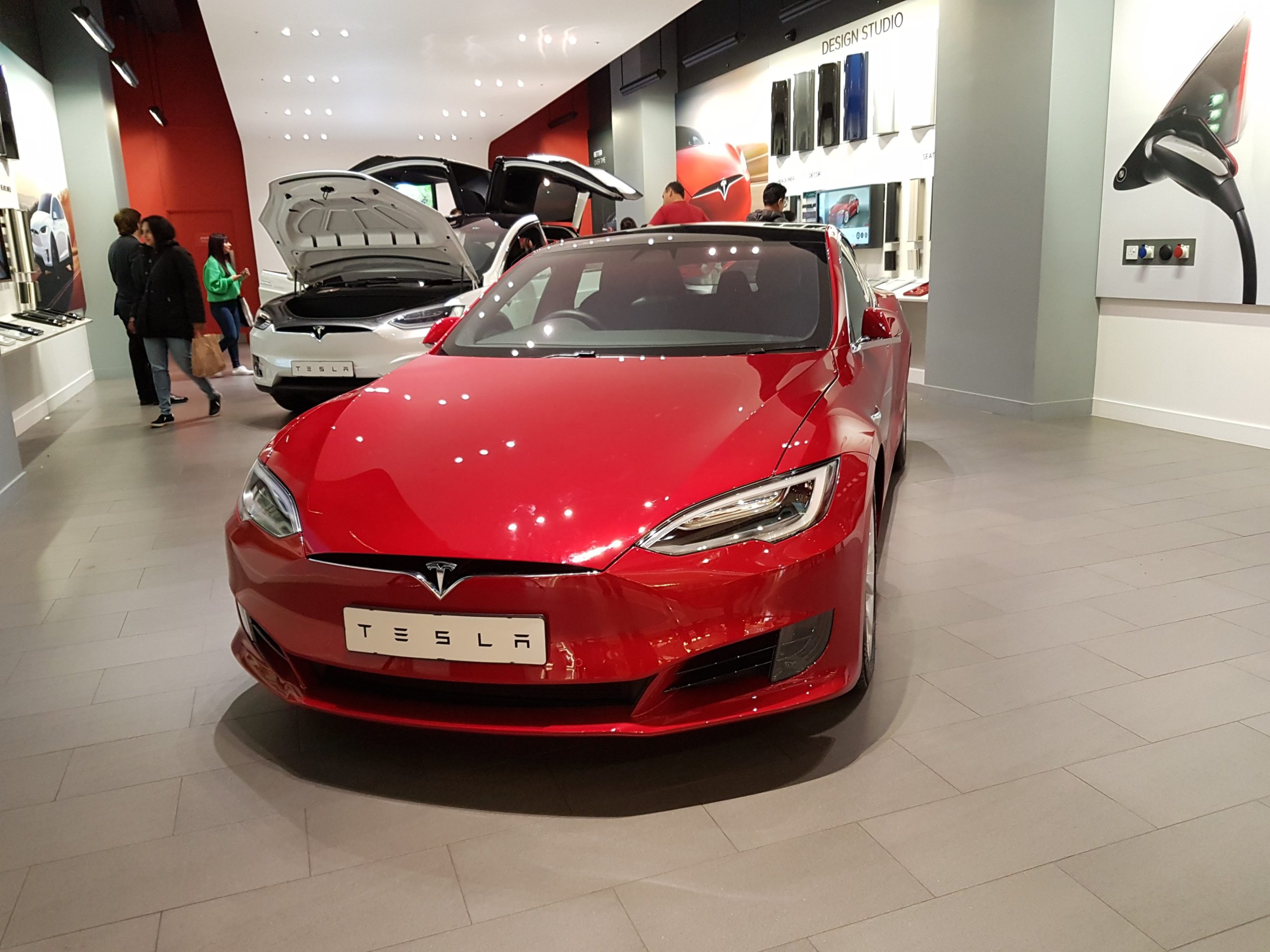Imagine a world where electric cars are driven almost exclusively in U.S. cities. While this is aspirational, while cars will not need petrol, electric vehicles (EVs) still need power to run, and the current municipal electrical grids are not designed to provide the multiple Gigawatts of electricity needed to charge thousands of electric cars each day, let alone a future state of millions of vehicles.
Too many politicians are leaving this issue for a later decision. For example, New York City’s faces a big “we’ll cross that bridge when we get to it” problem. This includes key policy questions like: “Should the city spend billions (or hundreds of billions) of dollars to rebuild or expand a grid infrastructure when less than 2 percent of people currently drive EVs?”
While one answer may be “no”, we are living within an economy where green mobility is prized and as more people buy and drive EVs, the need for a centralized energy production and distribution system actually diminishes.
However, the problem does not have a near-term solution.
To understand the issues more fully, Digital Journal talked with Brian Conway, CEO of OZOP Energy Solutions ($OZSC) about what his company is doing to address this problem of grid sustainability and EV charging head-on.
Digital Journal: Why is power such a problem for cities?
Brian Conway: There currently is not a well-developed system or infrastructure for the incoming EV demand. The electrical distribution system was created 100 years ago and no longer is up to par with the electric evolution of today. As the US switches to electric vehicles, the power lines need about three times their current capacities, area dependent, to meet the needs of homes, EVs, and businesses.
DJ: What is grid congestion?
Conway: Grid congestion is when too many networks are connected to a grid and overpower the system, often resulting in Brownouts. This will be a major problem as New York’s EV population increases exponentially over the next five to ten years. Massive advancements are needed for full support of the EV wave headed our way.
DJ: How can MicroGrids avoid blackouts?
Conway: One thing we’re doing to alleviate grid congestion is developing Near-Net-Zero MicroGrids, which combine battery storage, natural gas generators, photovoltaic systems, EV charging stations and microchip-enabled climate control features for commercial real estate and municipal green energy infrastructure. This combination of technologies provides three key benefits: cost savings, carbon reduction and resiliency.
It can also be plugged into the city grid so buildings can remain fully operational in the event of an electricity grid failure as well as to participate in Demand Response programs. At the end of the day, the MicroGrids take the stress off the grid and are usually designed to do so at the peak times when its needed.
DJ: So how do MicroGrids help with the EV power crisis?
Conway: We are building specialized MicroGrids called “NeoGrids”™ that are designed to create self-sufficient power systems for electric vehicles, and more. These patent-pending systems, officially called NeoGrid Modular Networks, enable the production of electricity for on- or off-grid markets that require massive amounts of energy when the current infrastructure has no way of supporting expanding demand.
For EVs, NeoGrids will be used for on-site battery charging. For homes, energy can be bought at low evening costs and stored for future use. In a sentence, the power demand created just for one vehicle can equal 300 kW’s which is larger than most power lines can afford to designate for an EV charger.
DJ: How are MicroGrids and NeoGrids expected to reduced costs and sustainability?
Conway: Both homes and EV vehicles use electrons, however, electrons today are known to source smaller objects like toasters and lights, not powering huge vehicles that demand an extreme amount of energy. For example, if all cars charged in their driveways, it would collapse the residential electrical system. Having a self-sufficient MicroGrid would solve this issue.














